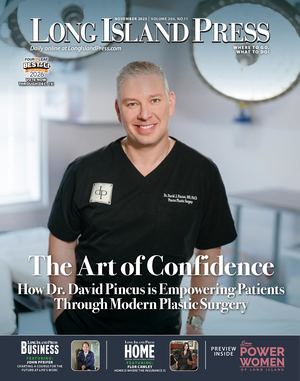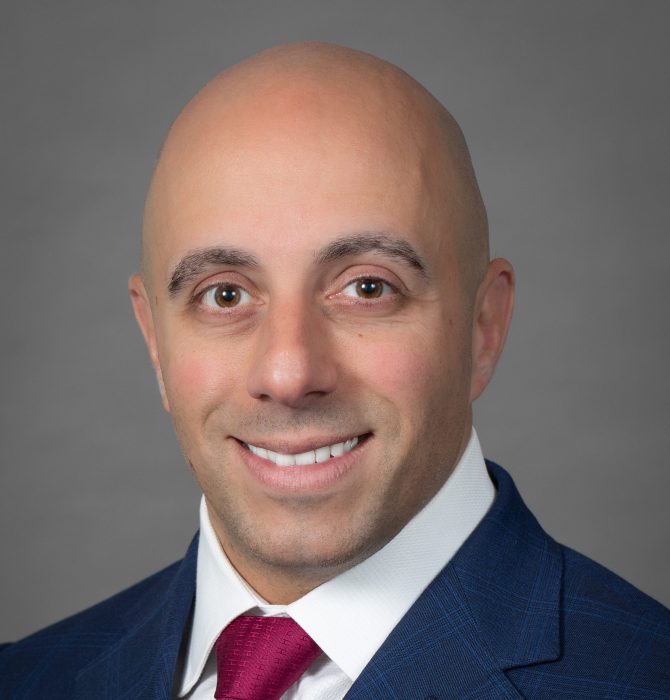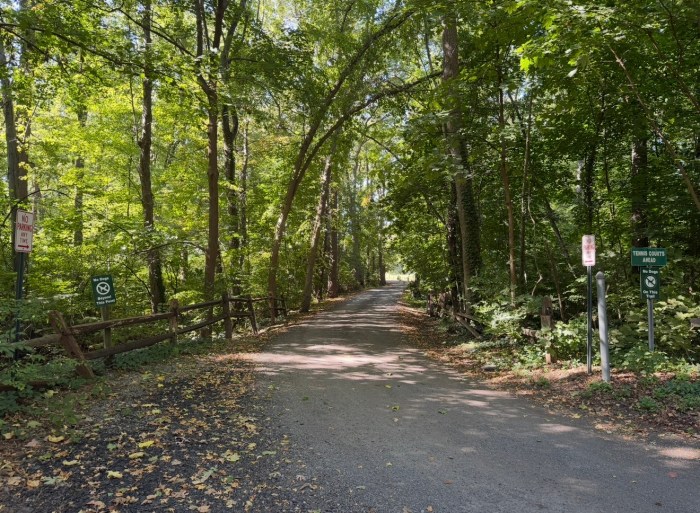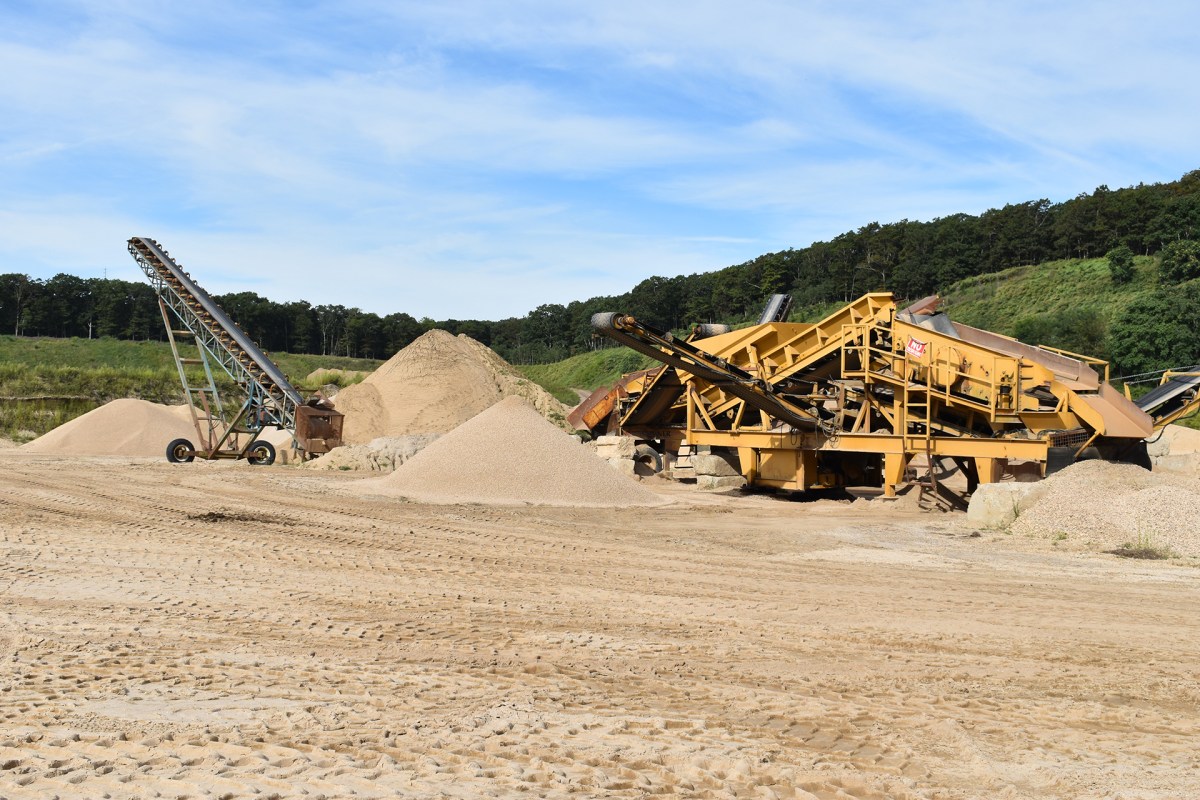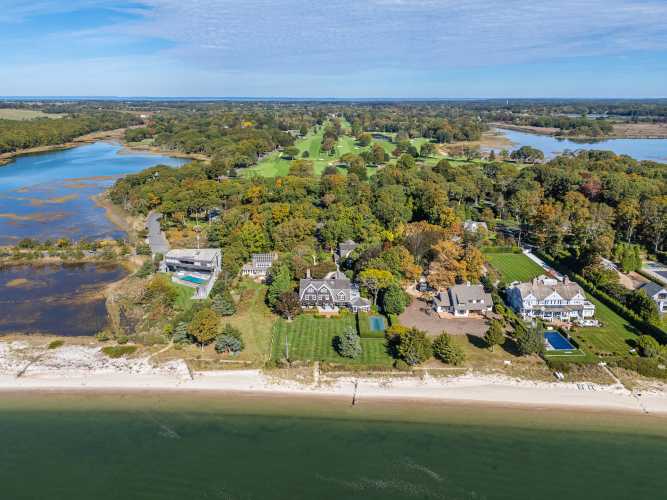
The Great Neck Water Pollution Control District (GNWPCD) recently received the New York State Department of Environmental Conservation’s (NYSDEC) Environmental Excellence Award, which recognizes projects that demonstrate state-of-the-art programs and a commitment to environmental sustainability, social responsibility and economic viability, in recognition of its green technology and ongoing projects, including the construction of Nassau County’s first grease receiving station, upgrades to the district’s anaerobic digesters and the addition of the facility’s third microturbine.
“The district is extremely honored to be one of the organizations to have received the 2018 NYSDEC Environmental Excellence Award and be among an elite group of organizations advocating innovation and sustainability in our specific industries and communities,” said GNWPCD Commissioner Steve Reiter. “The projects currently underway at our facility will generate sustainability, lower costs and have a positive impact on the environment for generations to come.”
Once complete, the projects are set to be a model of synergistic environmental sustainability. The addition of a grease receiving station will allow the district to accept grease from local restaurants—generating more than $100,000 a year in hauler fees. This grease will feed the anaerobic digesters, which will more than double the district’s methane bio-fuel production.
This process ends in the microturbines where the methane bio-fuel produced in the anaerobic digesters is burned, generating electricity to power the facility. The two current microturbines produce 35 percent of the district’s electricity and 80 percent of the district’s heating requirements—and is expected to increase to 50 percent and 100 percent, respectively, once the third microturbine is on line.
“These environmentally friendly infrastructure projects, working in unison, demonstrate our commitment to leadership with present and future solutions to the environmental challenges while lessening the burden for local taxpayers,” said GNWPCD Commissioner Patty Katz. “These improvements showcase what is possible for treatment facilities and serves as a model for others in the region, regardless of a facility’s size.”
The district has also been recognized for its ongoing initiatives aimed at protecting the environment, including its water conservation efforts that save 27-million gallons of drinking water annually, its Shed the Meds program that has collected more than 800 pounds of discarded medications and its F.R.O.G.s initiative that has educated residents and businesses about the harmful effects that fats, roots, oil and grease have on sewer pipes.
